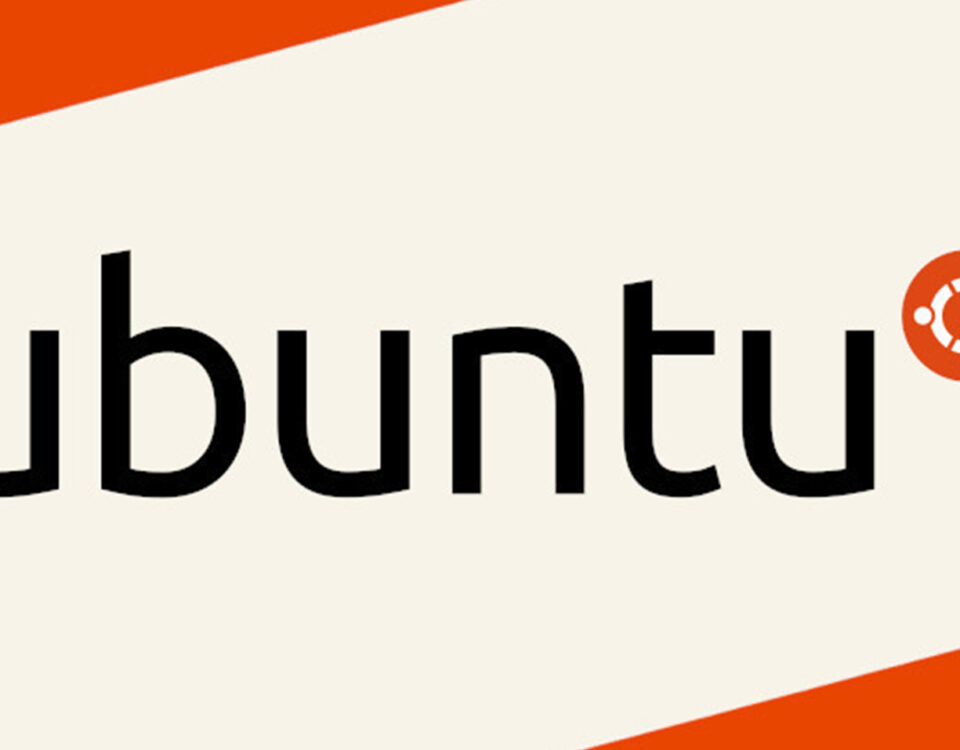Benefits Of Naming Conventions

Blockchain Technology: What Is it and How Does It Work?
20th April 2021
Server Specification According Website
26th April 2021The benefits of an effective naming convention:
Naming conventions make sure users know how to name digital assets so that filenames or titles are consistent and contain all the right information. They help you store and organise your files. Without them, your asset library can become chaotic and make it much harder to find images when you need them.
It’s essential for anyone uploading content to your digital asset management (DAM) system to know how to name those assets as well as what to do with the metadata. This will help other users find the right assets later on.
The benefits of an effective naming convention:
1. Smooth administration: Admin isn’t everyone’s favourite task but if your files include information like the date they were created, the author and any usage restrictions, for example, it’s much easier to find the content you need.
2. Improved version control: Up to date descriptions and tags make it easy to tell which is the most recent version of the file and ensure that only that version gets used.
3. Save time and money by avoiding duplication: Getting staff into the habit of naming files properly saves time. Users won’t waste time searching for ‘lost’ files and they won’t need to create any unnecessary replacements either.
Establishing naming conventions early on will help keep your expanding library manageable – they’ll also make sure your team is as efficient as possible.
Reduce time spent searching for assets
Searching for resources is much easier if there’s an established process in place that means everyone creates and stores assets according to the agreed taxonomy. Taxonomy is the term used to describe how you classify and store files in your DAM.Your naming conventions create an intuitive catalogue that’s easy to navigate. This means your team can access the information they need quickly. When staff are able to find creative assets quickly and easily they have more time to be productive and creative.
Reduce error
Things can go wrong if you don’t take a proactive approach to managing your digital library.
Outdated images could appear on new content, sensitive data might get shared with third parties by accident or you may end up wasting resources printing promotional materials with old logos or images.
Consistency when naming and organising your files will help rights holders restrict access where necessary. This reduces the risk of assets being used without the right approval.
Your DAM solution should handle the more mundane asset management processes by itself. This will help you organise files and customise content without the risk of errors that are likely to happen during production and distribution.
Why should we have a naming convention and what are its advantages?
Naming conventions are probably not important if the code is written by a single developer, who’s also the sole maintainer. However, typical real-world projects are developed and maintained by teams of developers. Particularly in the context of open source projects, code is shared, updated and merged by many individuals across organizations and geographies. Naming conventions are therefore important.
Naming conventions result in improvements in terms of “four Cs”: communication, code integration, consistency and clarity. The idea is that “code should explain itself”. At code reviews, we can focus on important design decisions or program flow rather than argue about naming.
Naming conventions lead to predictability and discoverability. A common naming convention, coupled with a consistent project structure, makes it easier to find files in a project.
What are some common naming conventions used in programming?
- Camel Case: First letter of every word is capitalized with no spaces or symbols between words. Examples:
UserAccount,FedEx,WordPerfect. A variation common in programming is to start with a lower case:iPad,eBay,fileName,userAccount. Microsoft uses the term Camel Case to refer strictly to this variation. - Pascal Case: Popularized by Pascal programming language, this is a subset of Camel Case where the word starts with uppercase. Thus,
UserAccountis in Pascal Case but notuserAccount. - Snake Case: Words within phrases or compound words are separated with an underscore. Examples:
first_name,error_message,account_balance. - Kebab Case: Like Snake Case, but using hyphens instead. Examples:
first-name,main-section. - Screaming Case: This refers to names in uppercase. Examples:
TAXRATE,TAX_RATE. - Hungarian Notation: Names start with a lowercase prefix to indicate intention. Rest of the name is in Pascal Case. It comes in two variants: (a) Systems Hungarian, where prefix indicates data type; (b) Apps Hungarian, where prefix indicates logical purpose. Examples:
strFirstName,arrUserNamesfor Systems;rwPosition,pchNamefor Apps.
What are the categories of naming conventions?
- Typographical: This relates to the use of letter case and symbols such as underscore, dot and hyphen.
- Grammatical: This relates to the semantics or the purpose. For example, classes should be nouns or noun phrases to identify the entity; methods and functions should be verbs or verb phrases to identify action performed; annotations can be any part of speech; interfaces should be adjectives.
Grammatical conventions are less important for variable names or instance properties. They are more important for classes, interfaces and methods that are often exposed as APIs.






